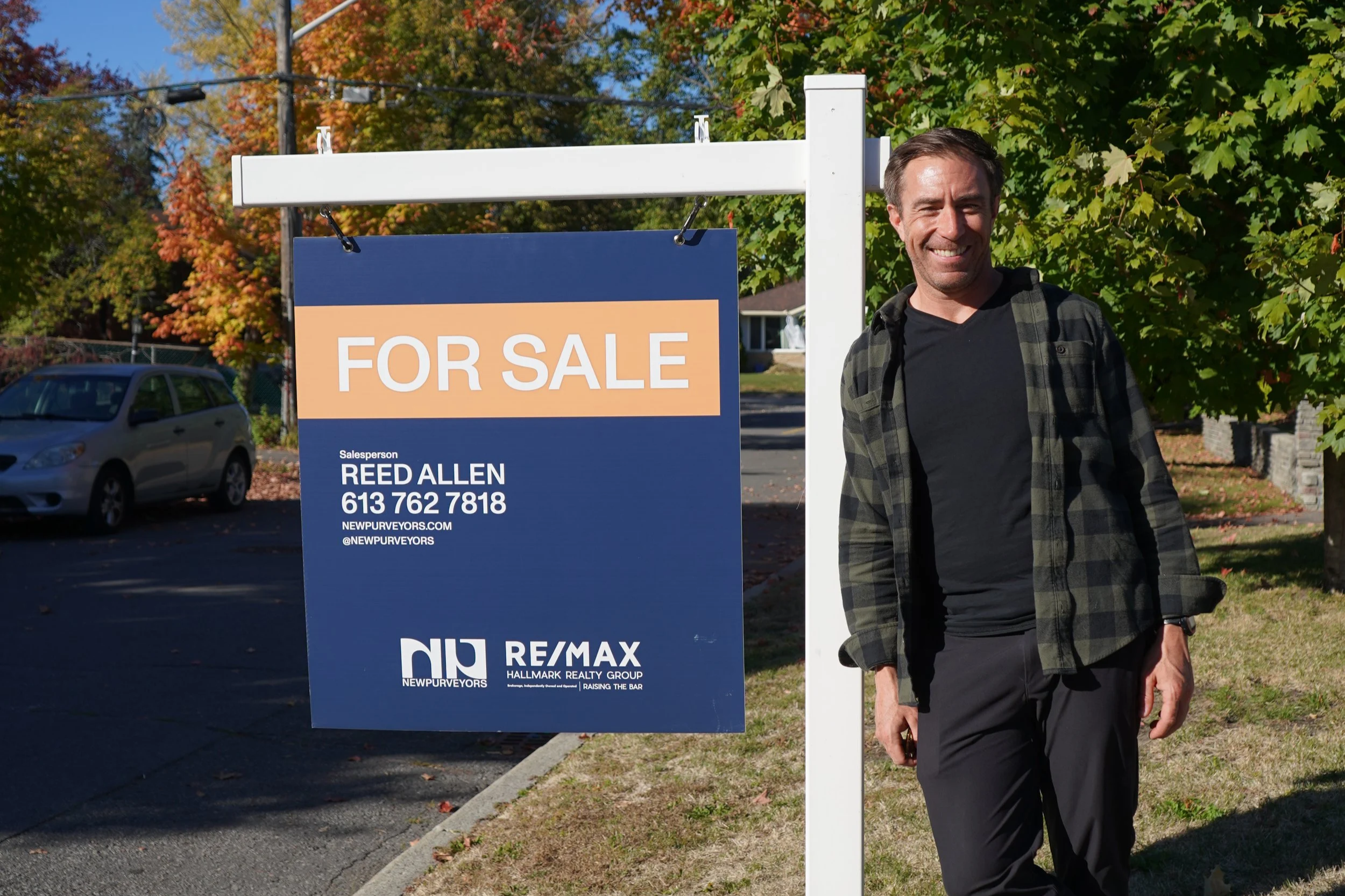The Ultimate Guide to Figuring Out What You Want in a Home
What to consider before starting your house hunt in Ottawa
Buying a home is a big deal—whether it’s your first place, an upgrade, or a downsize, it can be hard to know where to start. What do you really need in a home, and what can you live without? Should you prioritize location over square footage? Can you survive without an en-suite bathroom or second parking spot?
Here’s your no-stress starting guide to help you figure it all out. This post breaks everything down into three categories—must-haves, nice-to-haves, and things you can live without—so you can confidently begin your home search with clarity.
First: What to Ask Yourself Before Making Your List
What stage of life am I in—and where will I be in 5–10 years?
Am I buying for lifestyle, investment, or both?
Am I open to renovations or do I want move-in ready?
What’s my realistic budget, and how flexible is it?
Must-Haves: Non-Negotiables
These are the things you won’t compromise on—and that should guide your search from day one.
Number of bedrooms (for yourself, family, guests, or home office)
Number of bathrooms (one vs. two+ can drastically affect daily life)
Parking (garage, driveway, visitor spots, or street permit availability)
Location (proximity to work, school, transit, or walkability to amenities)
Budget (your pre-approved price range + expected monthly costs)
Pet-friendliness (especially for condos or townhomes with rules)
Home type (condo, freehold, bungalow, multi-storey, etc.)
Physical accessibility (stairs, narrow doorways, or walk-in showers may be important depending on mobility)
Laundry (in-unit or onsite, especially for condo or rental purchases)
Internet or service access (especially in rural areas)
Nice-to-Haves: Bonus Features That Improve Your Lifestyle
These are features you’d love to have, but wouldn’t walk away from a great property over.
Finished basement (for extra living space, office, gym, or rental potential)
En-suite bathroom (ideal, especially in busy households)
Outdoor space (yard, balcony, rooftop, patio, garden potential)
Updated kitchen or bathrooms
Storage space (walk-in closets, linen closets, garage shelving, pantry)
Energy-efficient windows or appliances
Open-concept layout (makes the home feel larger and brighter)
Fireplace (gas, wood-burning, or electric ambiance)
Air conditioning / Central air (not always standard in older homes)
Natural light / Orientation of the home
Proximity to green space, parks, or bike trails
Good school district
Quiet street or cul-de-sac
Access to transit or future LRT development
Separate dining space
Second living area / Family room
Extra parking spot
Can-Live-With Items: Things You Can Adapt or Change Later
Some buyers fixate on the small stuff—but these items are easier to live with or update over time.
Paint colours
Easy to fix, and shouldn’t make or break a decision.Old appliances
You can upgrade these over time if the layout works.Carpet vs. hardwood
Flooring can be replaced down the road; what matters more is structure and location.Small bedrooms
Not ideal for everyone, but can work as an office, nursery, or hobby room.No en-suite
Might be frustrating, but not impossible if everything else lines up.Cosmetic issues (light fixtures, dated cabinets, old tile)
Most can be updated affordably and at your own pace.Odd paint or wallpaper
Don’t let a purple wall distract you from a perfect layout.Unfinished basement
A future opportunity to customize the space for your needs.Curb appeal
Plants and paint go a long way. Focus on layout and location first.
Things to Watch For
Not everything on a listing sheet is surface-level. These aren’t necessarily dealbreakers, but they’re worth asking questions about:
Previous water damage
Ask about past insurance claims or renovations.DIY renovations
Were they permitted and inspected?Condo fees
Are they stable? Do they cover key items like water, heat, or maintenance?Major systems age
Roof, furnace, AC, windows—how long before they’ll need replacing?Neighbourhood trends
Is the area up-and-coming or declining? Are there major developments planned?
Final Tip: Keep Revisiting Your List
As you start going to showings and seeing what your budget really gets you, your priorities may shift—and that’s okay. What felt like a must-have might become negotiable, and you might find yourself caring more about a walkable neighbourhood than a big backyard.
The best buyers are the ones who stay flexible while knowing what matters most.
Need help building your list or seeing what’s realistic in today’s market?
At New Purveyors, we specialize in helping Ottawa buyers figure out what really works for them—and then helping them find it. Reach out to book a no-pressure Discovery Tour or a one-on-one consultation.
Kevin Morris
kevin@newpurveyors.com






























